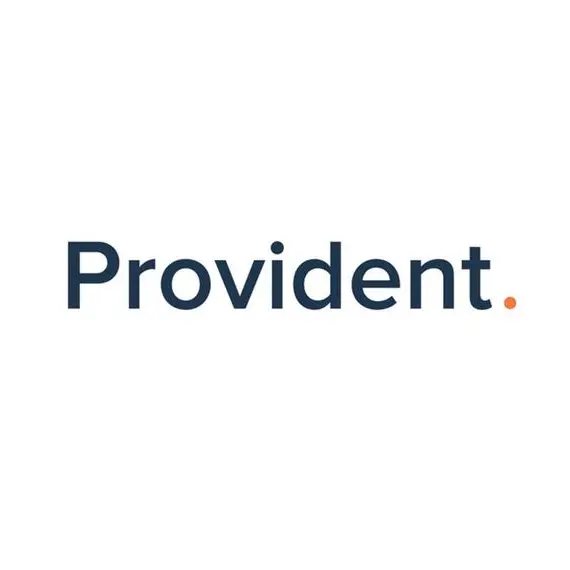Fitch Ratings-London: UAE banks’ Standalone Credit Profiles will be supported by improved operating conditions due to high oil prices and rising interest rates in 2022-2023, Fitch Ratings says following a sector ratings review. Financial performance is recovering towards pre-pandemic levels, and the agency recently revised its outlook on the operating environment to stable from negative, reflecting substantially lower risks to the banks. We affirmed all banks’ Long-Term Issuer Default Ratings with Stable Outlooks, upgraded Emirates Islamic Bank’s Viability Rating (VR) to ‘bb’ from ‘bb-’ on improved asset quality, and downgraded Mashreqbank’s VR to ‘bb+’ from ‘bbb-’ due to weakened core capitalisation.
The UAE’s government support measures, high oil prices (Fitch forecasts USD100/bbl in 2022 and USD80/bbl in 2023), and the easing of pandemic restrictions, have boosted economic activity and growth prospects. Fitch expects real GDP growth of 6.3% in 2022 and 3.8% in 2023, while the non-oil economy should grow by 4.5% in 2022 and 3.3% in 2023. Recent purchasing managers’ index readings suggest still-strong operating conditions in the non-oil sector, and consumer confidence is at its highest since 2011.
The average Stage 3 loans ratio for Fitch-rated UAE banks increased to 7% at end-2021 from 6.6% at end-2020 as forbearance measures were gradually withdrawn. However, we expect a slight decrease in 2022-2023 as credit growth picks up and economic conditions improve. Deferred loans and related balances were 11% of total loans, on average, and ‘group 2’ exposures (customers facing substantial credit deterioration) were less than 2%. Given strong economic conditions, we expect a large proportion of deferred exposures to be performing once the deferral scheme fully terminates at end-1H22.
High oil prices, strong economic activity and rising interest rates should help the banks’ profitability back to pre-pandemic levels in FY22. The US Federal Reserve increased its benchmark rate by 50bp last week and we expect the Central Bank of the UAE to continue raising rates throughout 2022 given the peg with the US dollar. Domestic interbank rates are factoring in several rate increases, with the six-month Emirates Interbank Offered Rate up about 140bp in 2022.
We believe the sector is better positioned to benefit from higher rates than during the last monetary tightening cycle in 2014-2018, when funding costs increased significantly due to tight liquidity amid low oil prices. This time, high oil prices should support liquidity, and the sector has a high proportion of corporate loans (78%), which typically reprice in the short term, and a high proportion of low-cost current account savings account (CASA) deposits (63%).
Based on the banks’ 2021 interest-rate sensitivities, we calculate that a 200bp increase in interest rates would boost the Fitch-rated banks’ operating income by 11% and their operating profit/risk-weighted assets (our core profitability metric) by 40bp, on average. However, a greater focus on lower-yielding public sector exposures (up 12% in 2021) and competitive pressures could dampen the positive impact of higher rates on net interest margins (NIMs), and smaller banks with a low proportion of CASA deposits are likely to experience declining NIMs in 2022-2023.
Link to Infogram: UAE Banks' Average Net Interest Margins*
We expect loan impairment charges (LICs) to decline in 2022-2023, supported by improving operating conditions, the front-loading of provisions in 2020, and strengthened macroeconomic assumptions in IFRS 9 models. LICs consumed 31% of pre-impairment operating profit on average in 2021, down from 56% in 2020 but still higher than in 2018 (22%).
We expect the sector’s common equity Tier 1 ratio to remain stable in 2022 (end-2021: 13.6% for Fitch-rated banks), with credit growth balanced by higher internal capital generation.
-Ends-
Media Relations: Louisa Williams, London
Email: louisa.williams@thefitchgroup.com
The above article originally appeared as a post on the Fitch Wire credit market commentary page. The original article can be accessed at www.fitchratings.com. All opinions expressed are those of Fitch Ratings.
ALL FITCH CREDIT RATINGS ARE SUBJECT TO CERTAIN LIMITATIONS AND DISCLAIMERS. PLEASE READ THESE LIMITATIONS AND DISCLAIMERS BY FOLLOWING THIS LINK: HTTPS://WWW.FITCHRATINGS.COM/UNDERSTANDING CREDITRATINGS. IN ADDITION, RATING DEFINITIONS AND THE TERMS OF USE OF SUCH RATINGS ARE AVAILABLE ON THE AGENCY'S PUBLIC WEB SITE AT WWW.FITCHRATINGS.COM. PUBLISHED RATINGS, CRITERIA, AND METHODOLOGIES ARE AVAILABLE FROM THIS SITE AT ALL TIMES. FITCH'S CODE OF CONDUCT, CONFIDENTIALITY, CONFLICTS OF INTEREST, AFFILIATE FIREWALL, COMPLIANCE, AND OTHER RELEVANT POLICIES AND PROCEDURES ARE ALSO AVAILABLE FROM THE CODE OF CONDUCT SECTION OF THIS SITE. DIRECTORS AND SHAREHOLDERS RELEVANT INTERESTS ARE AVAILABLE AT HTTPS://WWW.FITCHRATINGS.COM/SITE/REGULATORY. FITCH MAY HAVE PROVIDED ANOTHER PERMISSIBLE SERVICE TO THE RATED ENTITY OR ITS RELATED THIRD PARTIES. DETAILS OF THIS SERVICE FOR RATINGS FOR WHICH THE LEAD ANALYST IS BASED IN AN EU-REGISTERED ENTITY CAN BE FOUND ON THE ENTITY SUMMARY PAGE FOR THIS ISSUER ON THE FITCH WEBSITE


















